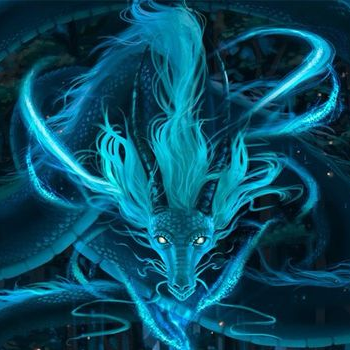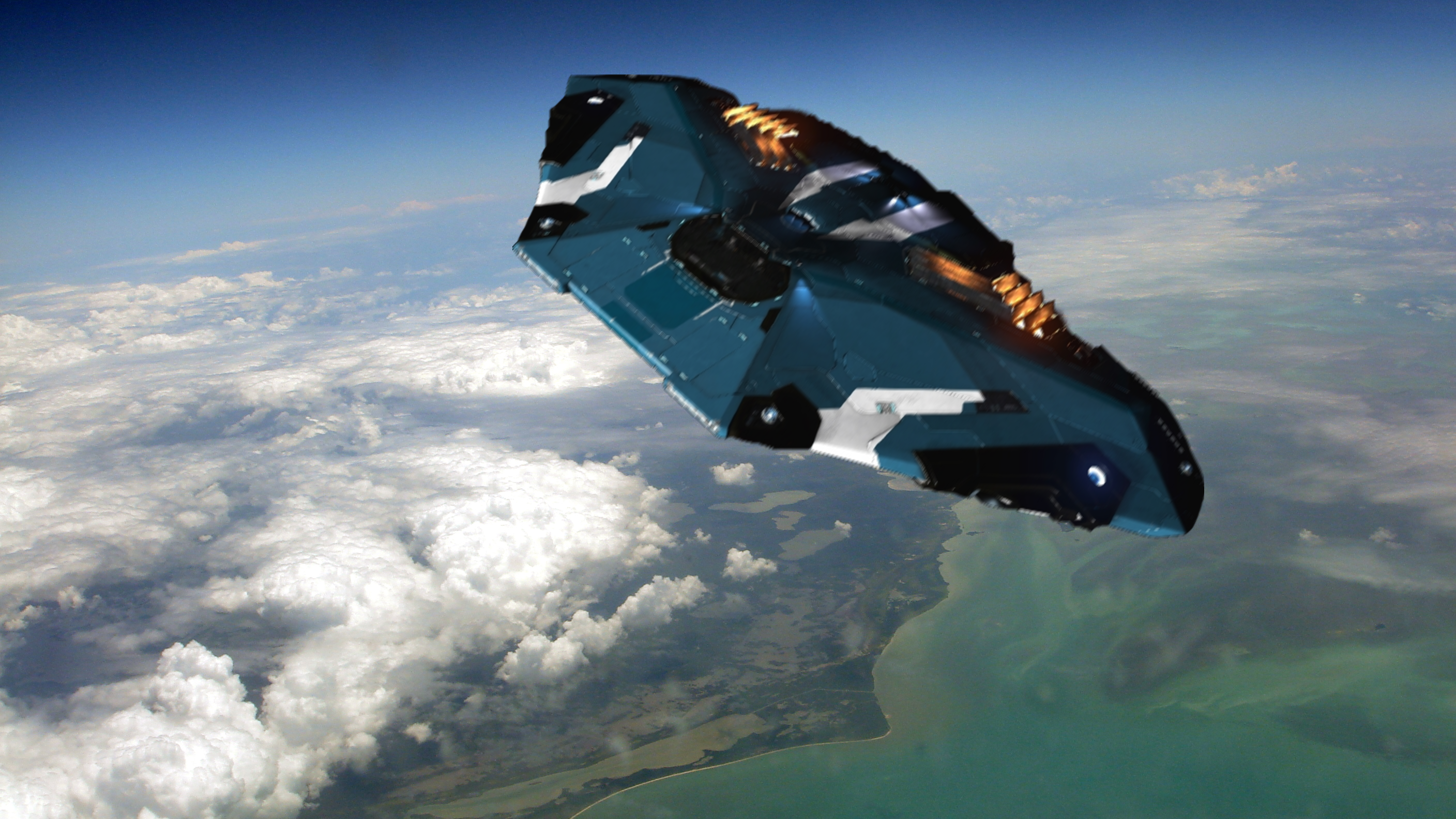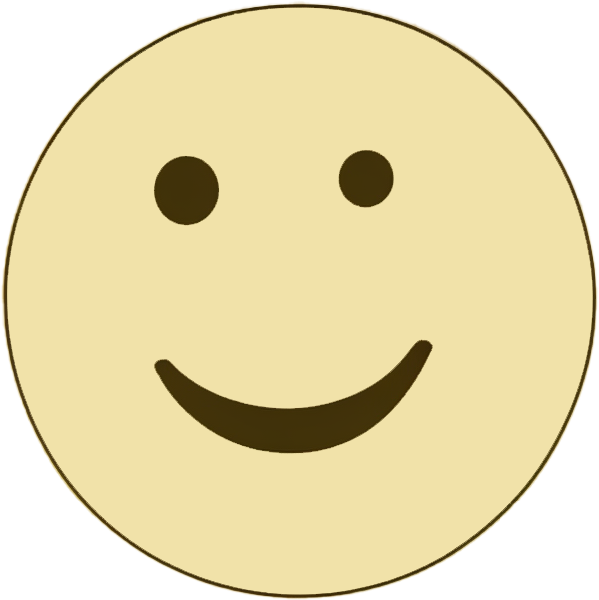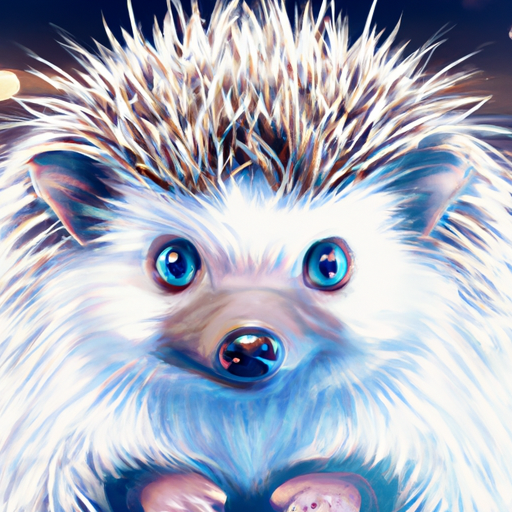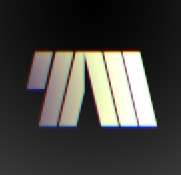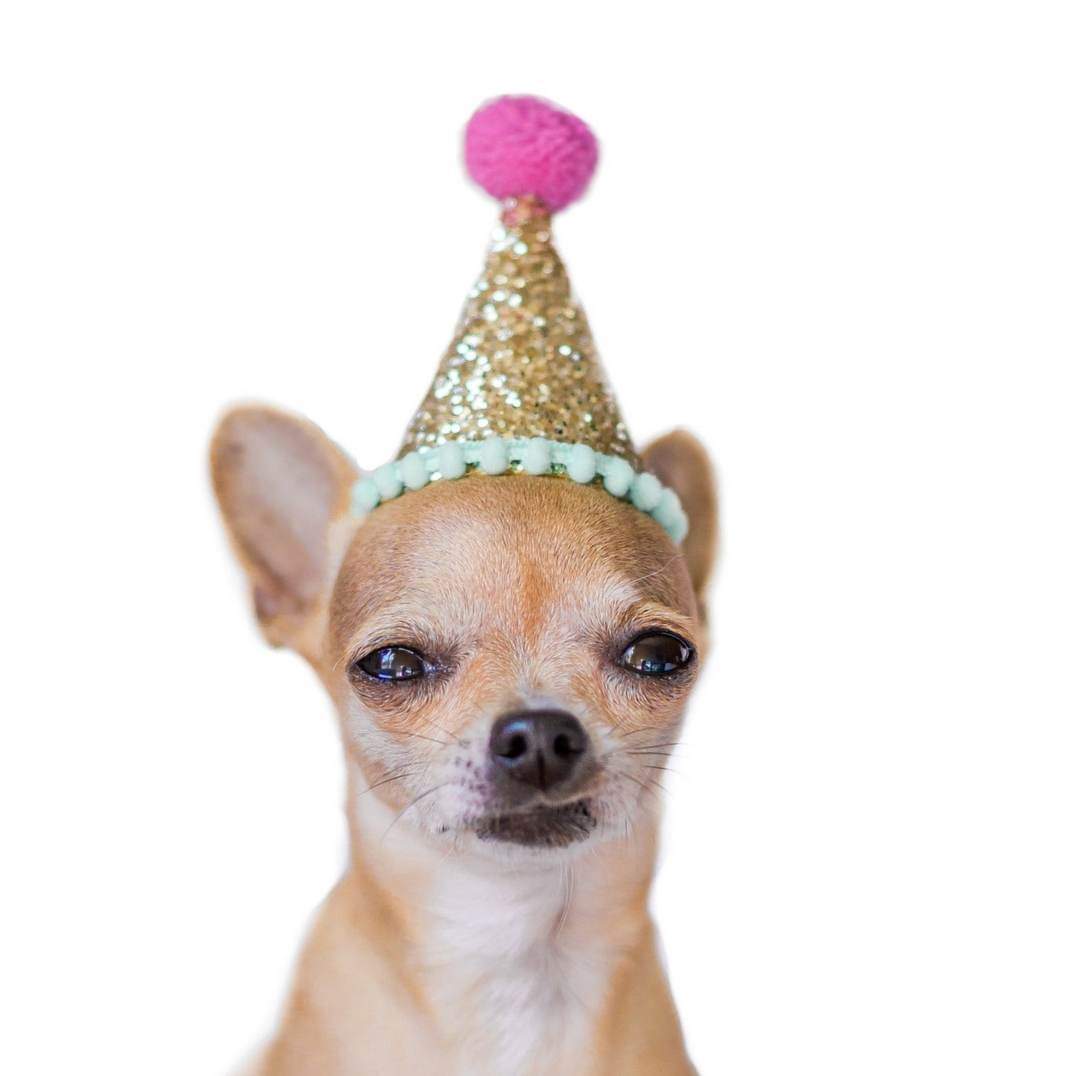Basically the title but when we do a “U” turn we actually make a small n not a U.
An n turn would have to be a U-turn with other vehicles entering. Add any more entrances and you’d have a roundabout.
Maybe it’s an US thing?
I guess it’s because the U is drawn in 1 fluent motion, a u and an n have the extra line, compared to the U.
My U has the same extra line, just on the right.
*A US thing, by the way, as U begins with /j/ (the ‘y’ sound in you).
In most fonts the uppercase U has no extra line, most don’t write one in upper case as well when handwriting.
Must be thought off in the US, as they have space on the road for U turns though. Most other countries are stuck with 3 point turns. (Or in my case, a lot more, my car has a turningcircle of a battleship)
Maybe it depends on your vehicle? I definitely do more U than “n” turns
Vehicles vary greatly in turn radius, and it’s not just size. I’ve had big vehicles that could do a U turn just about anywhere, but that damn Saturn…how could a small sedan be so bad at tight turns?
I believe OPs point has to do with the direction. From a top-down perspective driving forwards would look like driving upwards, then turning and driving downwards, like an n. U flipped/rotated 180 degrees.
Ahh that makes more sense. I was thinking about the nub of the “n” being included as part of the motion
Yeah the nub invalidates the n. It’s the wrong shape.
To deepen that: does a U-turn become a n turn when you have to reverse briefly because the curve was too small and thus give your path a little uptick? n
I think it’s based on two things: where you are and how the letters start when written.
When writing letters n and U, both are started at their leftmost position (for most people) and their topmost position (for most people).
In the UK, or other places where you drive on the left, a u-turn would make a little n. While you aren’t starting the turn from the topmost position of the letter, you are starting on the left of the letter.
In the US and other countries where you drive on the right, you make a U-turn because viewed from above you are making a U that starts from the top and left of the letter. While from your immediate perspective while driving your making a lowercase n but starting from the right, from above it’s the classic U movement that occurs.
Just a guess though.
Think it just depends on what perspective the spectator takes.
Capital ‘N’ is written differently; ‘U’ and ‘u’ are unambiguous.
But what about T-junction/t-junction?
Good point. I’m calling it coffee junction from now on.
There’s already a road sign resembling a capital ‘N’, but there isn’t an equivalent possible confusion for T/t.
Or on different fonts the T and I is indistinguishable
I think you mean tndtsitngutshable
yeah
because it was originally called a You-Turn, because driving instructors said “Now you turn”, and people heard it as “Now you-turn”, and then abbreviated it as “u-turn”
I honestly think it’s just because U turn is easier to say than n turn. Because U is a vowel, it doesn’t require the glottal stop that’s in n(stop)turn.
We call them shithooks.
Because ultimately, U are the one who must make the turn.
We call them shithooks.
Why would it be an n-turn? The n shape suggests you back up before turning. The capital U asserts that you simply turn. That’s how I’ve always done it.
To make an n-turn, you’d need to star from the other side of the street, drive forward, and then back up while steering around the bend.
When creating traffic laws and regulations, this was deemed too dangerous, so they went with “u”.
(You should have seen the options when they were using a serif font…)
In China they call them biang biang turns.
Biang a U-ey is something we have here too.
I’ll Xiè myself out
Just call it an intersection turn and use ∩
How do you pronounce it though? 🤔
“intersection”
“backslash cap” :P
It’s Unicode U+2229. So I guess we all can formally agree to call it U+2229 turn ? Or in short U turn ? No ?
Yesssss



